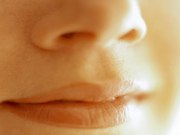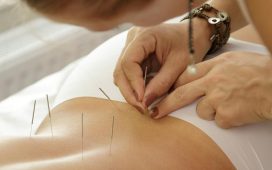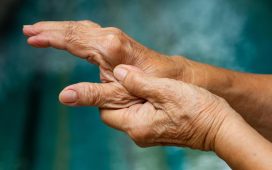Photos taken at shorter distances increase perceived ratio of nasal breadth to bizygomatic breadth
TUESDAY, March 6, 2018 (HealthDay News) — Photographs taken at shorter distances increase the perceived ratio of nasal breadth to bizygomatic breadth, according to a research letter published online March 1 in JAMA Facial Plastic Surgery.
Brittany Ward, from Rutgers New Jersey Medical School in Newark, and colleagues collected data from a random sample of racially/ethnically diverse participants throughout the United States to determine the perceived change in nasal breadth in males and females at a selfie distance of 30.48 cm, 1.5 m, and infinite camera distance.
The researchers found that the ratio of axis-aligned planes for a camera placed at infinity remained true to the real-world ratio as measured on the three-dimensional face. The perceived sizes were therefore compared with those produced by an orthographic projection. Selfies increased nasal size by 30 and 29 percent in males and females, respectively, when taken at 30.48 cm away and keeping the bizygomatic breadth constant compared with an orthographic projection. An image taken at 1.5 m, a standard portrait distance, resulted in no difference in perceived size. In both males and females, intercrural distance was 7 percent greater at 30.48 cm compared with orthographic projection when nasal breadth was kept constant.
“Further studies are necessary to determine whether patients who take frequent selfies are less satisfied with their clinical outcomes and if this distortion informs future medical decisions,” the authors write. “Additional models are necessary to explore this effect at different vertical and horizontal camera angles.”
Copyright © 2018 HealthDay. All rights reserved.








